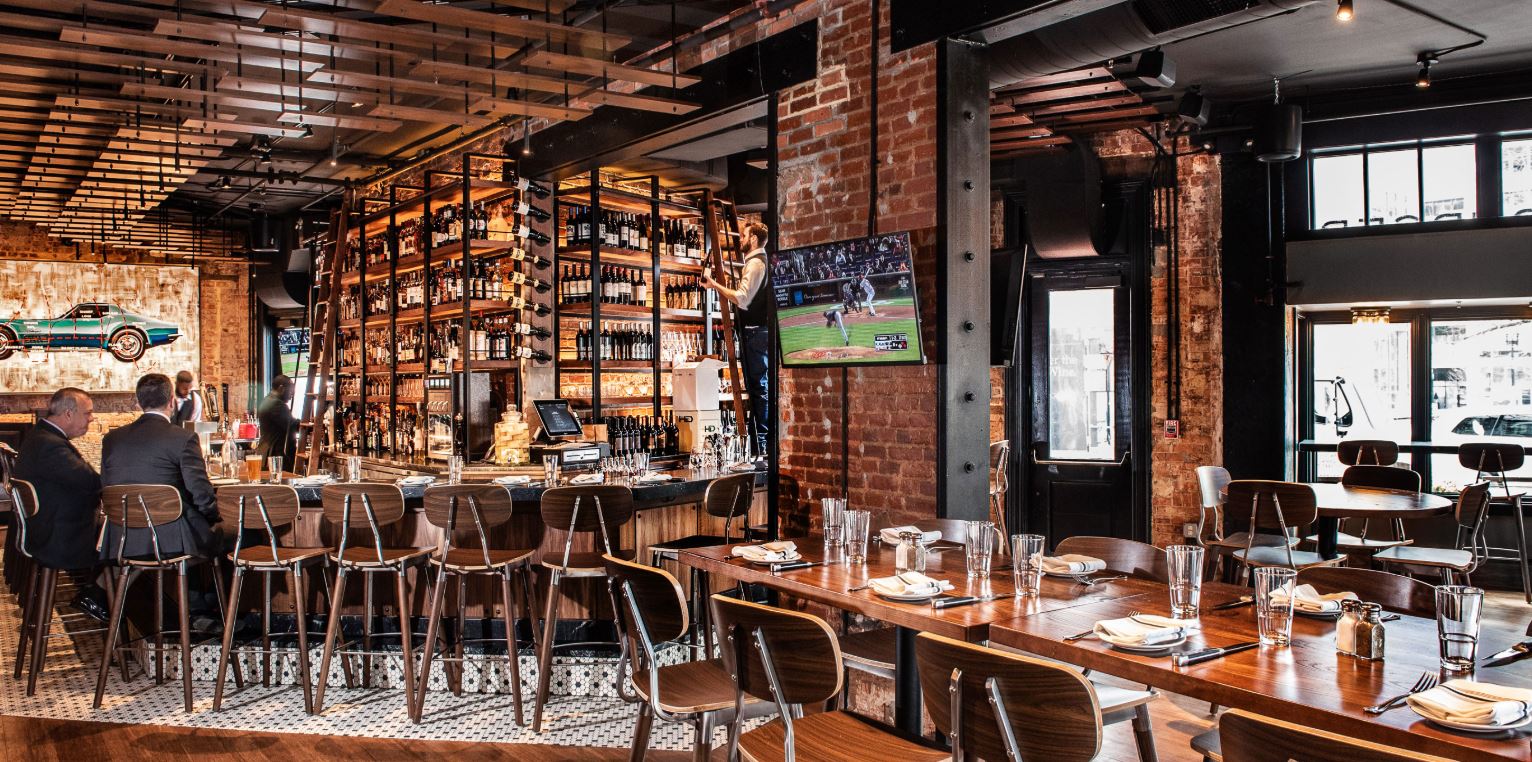Savor Genuine Eastern Food With a Pan-Asian Spin for a Culinary Experience
Embarking on a cooking trip with authentic Asian food, boosted with a Pan-Asian spin, provides a distinct opportunity to explore the abundant tapestry of flavors that define the area's diverse culinary traditions. As you contemplate these tempting meals, consider the social stories and historic impacts that form them, each bite offering a tale waiting to be found. Chinese food Islamabad.

Checking Out Pan-Asian Flavors
In the world of worldwide gastronomy, Pan-Asian food sticks out for its exceptional diversity and the unified interplay of tastes from various Eastern cultures. This cooking technique celebrates the special ingredients and abundant practices discovered throughout the continent, creating a tapestry of tastes that is both rewarding and appealing. Key to Pan-Asian food is its capacity to balance different tastes-- sweet, salted, spicy, and sour-- while highlighting the quality and high quality of each active ingredient.
From the umami-rich soy sauce of Japan to the fiery chili peppers of Thailand, Pan-Asian food offers a comprehensive scheme of flavors. These aspects are typically combined in inventive means, improving recipes with layers of complexity. For example, the use of fragrant herbs such as lemongrass and cilantro, typical in Vietnamese and Thai food, adds a refreshing illumination to dishes, while the unification of coconut milk supplies a velvety, abundant structure.
The emphasis on fresh produce and aromatic flavors makes certain that each meal is not only a feast for the taste but likewise for the senses. Pan-Asian cuisine invites diners to begin on a culinary journey, checking out the huge and differed landscapes of Oriental gastronomy with every bite.
Combination Meals to Try
While Pan-Asian food is commemorated for its standard flavors, the modern-day culinary landscape is increasingly accepting blend dishes that mix these traditional components with influences from various other regions. This cutting-edge technique not just honors the rich heritage of Eastern cookeries yet also presents unique taste experiences that attract contemporary tastes buds.
A prime example of such a blend dish is the Korean-Mexican taco, where seasoned bulgogi beef is wrapped in a warm tortilla, covered with kimchi and a spicy gochujang-infused salsa. This combination weds the strong, mouthwatering tastes of Korea with the dynamic, fresh components of Mexican food. Similarly, sushi burritos have actually acquired appeal, amalgamating the delicate creativity of Japanese sushi with the passionate, hand-held convenience of a burrito, usually featuring combination active ingredients like tempura shrimp and avocado with a drizzle of wasabi mayo.
Another notable meal is Thai curry ramen, which instills the luscious, aromatic flavors of Thai curry into the reassuring broth of typical Japanese ramen, developing a harmonious blend that tantalizes the senses. These combination meals expand past plain novelty; they represent a culinary dialogue between cultures, motivating expedition and technology in the globe of Pan-Asian cuisine.
Important Components and Flavors
To truly value Pan-Asian food, one need to comprehend the vital components and spices that form its structure. This varied culinary design attracts from a rich tapestry of Eastern practices, utilizing a harmonious mix of textures and tastes.
Fragrant components are essential, with ginger, lemongrass, michelin star restaurants near me and garlic being common throughout various Pan-Asian recipes. These components provide a fragrant base that enhances the intricacy of flavors. Seasonings such as star anise, cardamom, and cinnamon present warmth and personality, echoing impacts from regions like China and India.

Food Preparation Techniques and Tips
Grasping the art of Pan-Asian food calls for familiarity with its distinctive cooking methods, each adding to the vibrant tapestry of flavors this culinary custom is commemorated for. Central to these approaches is the stir-fry, a rapid cooking method that maintains the dietary integrity and vibrant colors of active ingredients. Using a wok, the stir-fry technique enables also warmth circulation, food nearby vital for attaining the particular appearance and taste balance of Pan-Asian dishes.
One more essential method is steaming, specifically prevalent in Chinese cuisine. This gentle technique preserves the all-natural tastes and nutrients of ingredients, making it perfect for seafood and vegetables. Dumplings, a beloved staple, typically gain from steaming, resulting in soft, succulent textures.
Barbecuing, likewise integral, passes on great smoky depths to dishes such as Oriental bulgogi or Japanese yakitori (asian restaurant isb). This technique commonly includes marinading active ingredients, permitting tastes to penetrate deeply prior to food preparation over an open flame or warm plate
Lastly, understanding the art of stabilizing flavors-- pleasant, sour, salty, bitter, and umami-- is important. Correctly layering these elements can boost a meal from ordinary to amazing, providing a complex and pleasing culinary experience that personifies the essence of Pan-Asian food.
Dining Experiences Worldwide
Around the world, Pan-Asian food provides an unrivaled eating experience, commemorated for its rich tapestry of tastes and lively presentations. This cooking phenomenon has gone beyond cultural borders, recording the hearts and tastes of food enthusiasts worldwide. In worldwide cities like New York, London, and Sydney, Pan-Asian dining establishments act as fusions where cooking customs from Thailand, Japan, China, and past converge, supplying diners with an eclectic mix of dishes that highlight the area's diversity.
The worldwide allure of Pan-Asian food lies in its capacity to supply both credibility and development. Cooks skillfully marry standard ingredients such as lemongrass, soy sauce, and miso with modern techniques, resulting in meals that are both familiar and refreshingly new. This combination permits restaurants to start a cooking journey that respects heritage while embracing modernity.
Moreover, dining experiences are raised with thoughtfully created environments that show the ethos of Pan-Asian appearances. From minimal Japanese-inspired interiors to vibrant Thai-themed areas, each dining establishment uses a special Check This Out atmosphere that matches the cooking offerings. Because of this, customers are not merely taking in a meal but partaking in a cultural experience, making Pan-Asian dining a genuinely international phenomenon.
Verdict
The exploration of Pan-Asian cuisine uses an extensive understanding of the elaborate interplay of tastes and cooking customs throughout Asia. By embracing blend recipes such as Thai curry ramen and sushi burritos, the culinary journey not just highlights the versatility of conventional ingredients but likewise showcases innovative contemporary techniques. This gastronomic adventure, enhanced by necessary seasonings and cooking methods, provides an one-of-a-kind chance to appreciate the social diversity and culinary creativity that define Pan-Asian food on a worldwide scale.
Embarking on a culinary journey with authentic Eastern cuisine, boosted with a Pan-Asian twist, provides an one-of-a-kind chance to check out the abundant tapestry of flavors that define the area's diverse cooking traditions.In the world of global gastronomy, Pan-Asian cuisine stands out for its amazing variety and the harmonious interplay of tastes from numerous Asian societies. Trick to Pan-Asian food is its capacity to balance different tastes-- sweet, salted, spicy, and sour-- while highlighting the quality and high quality of each ingredient.
